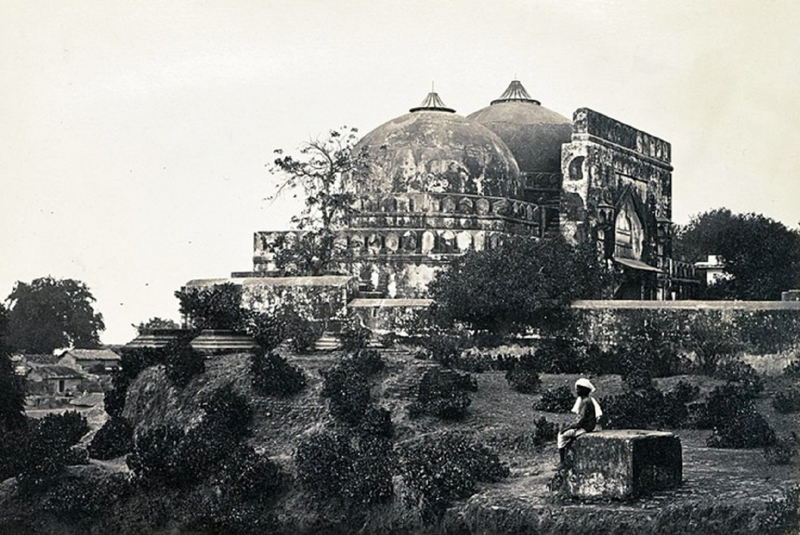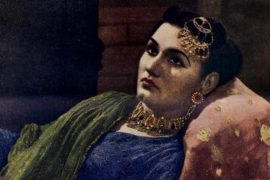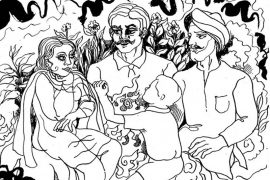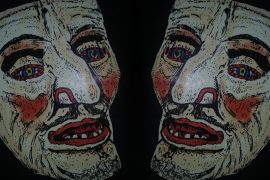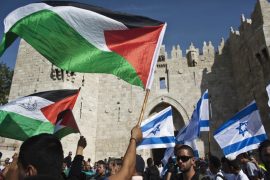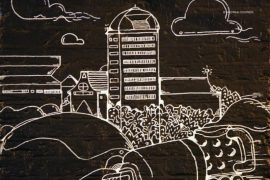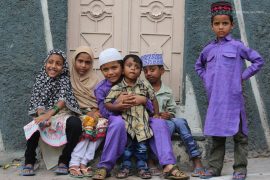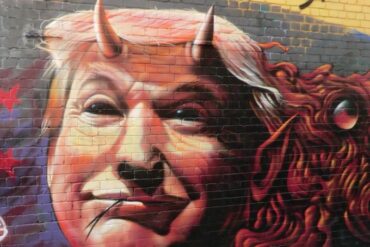The Ayodhya dispute and the demolition of Babri Masjid changed the trajectory of politics in India. It helped the BJP and Shiv Sena, parties built on the foundation of Hindutva, gain electorally. The story, of course, did not start with the demolition. It happened long before that.
For some, “long ago” could mean Babur’s invasion and building of the Babri masjid. But it wasn’t then. There was little dispute about the site until after independence. Sadhus demanded a restoration of the place in front of magistrates in the nineteenth-century, but that was pretty much it.
In 1949, a verdict announced that the place belonged to three groups–the Hindus, the Muslims and a Hindu group called Nimrohi Akhara, a Hindu religious denomination. The Babri Masjid had two courtyards. One was the inner courtyard, where the Muslims worshipped. The other was the outer courtyard, known as Ramchabutara. Until the night of December 22, 1949, the Hindus and the Muslims had peacefully worshipped on that site. But a Hindu priest named Abhiram Das decided to change things.
Abhiram Das was a muscular Sadhu who participated in kushti (or wrestling). According to Das, one night, Ram himself appeared in his dream and asked him to build a temple in the place where Ram was born, which is where the Babri Masjid stood. Das told all his disciples and the city magistrate of Faizabad about the dream.
-30-
Copyright©Madras Courier, All Rights Reserved. You may share using our article tools. Please don't cut articles from madrascourier.com and redistribute by email, post to the web, mobile phone or social media.Please send in your feed back and comments to [email protected]

